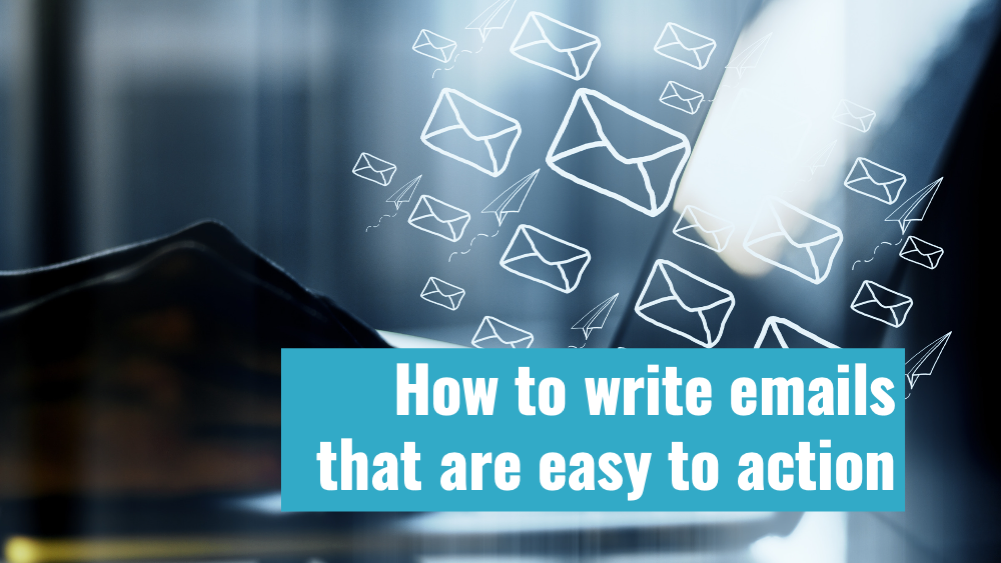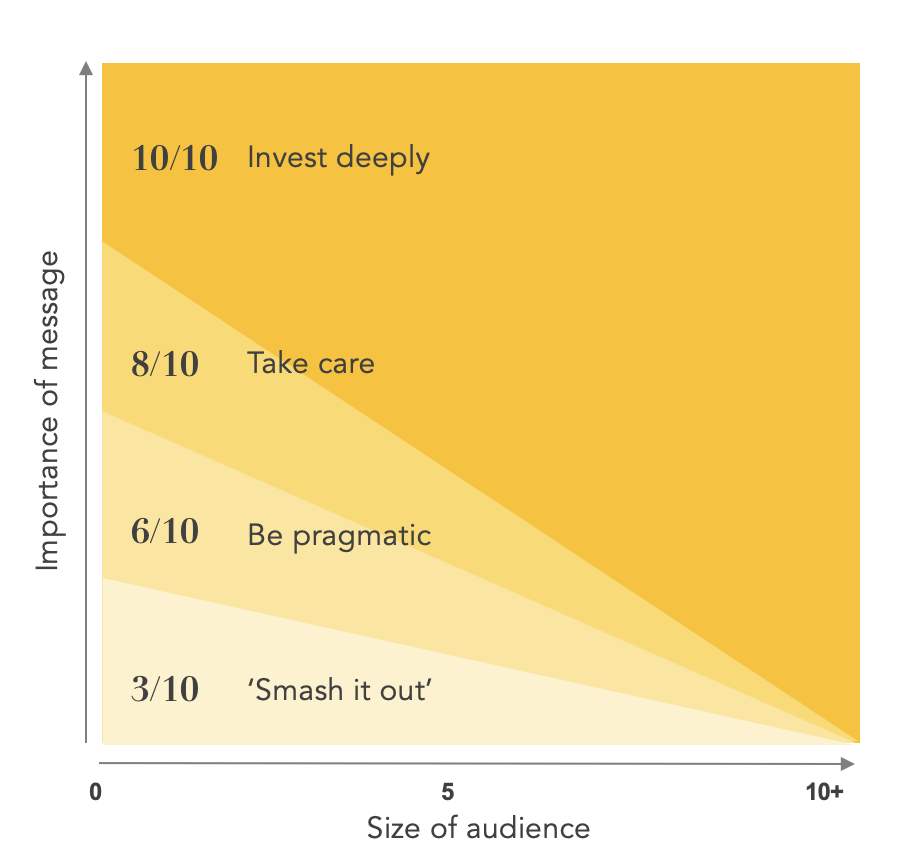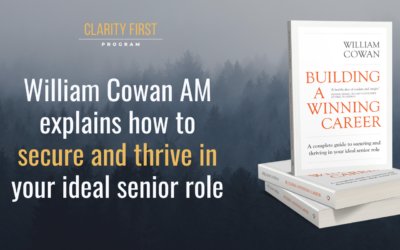A ridiculous thought, isn't it?
Emails are a mundane and routine part of corporate life.
Most are short and many of us send and receive hundreds of them daily.
Business today cannot progress without them.
But what if your emails routinely elicit a groan from their recipients, so much so that they flag them for ‘later', and then often don't even open them?
Does this mean that you miss out on important responses, and also get a reputation for being frustrating to work with, sloppy in your thinking and someone who takes a long time to get things done?
Where does this leave your career?
This was the experience of a client this week who was stunned at the difference that changing her emailing style could create.
She found that by starting with just a short introduction (perhaps just one sentence for a short email) and then getting to her key point straight away the response time rocketed and she
- No longer had to chase people to get the information that she needed to do her job
- Completed her work more quickly
- Enjoyed doing her work so much – much – more, and
- Loved the unaccustomed positive feedback she received from her colleagues and superiors
Now, imagine if this small change could be replicated across your whole organisation. Imagine if your whole team – from secretaries upward – were able to consistently make some small changes to the way they prepare their emails: business would move so much more smoothly for you.
Decisions would be made more quickly, there would be less frustration and more people would feel good about themselves at work.
And then extrapolate that further to think that the same techniques could be applied to other documents: board papers, steering committee papers and other presentations.
Imagine – an email-based productivity revolution.
Ridiculous!
In Clarity First we help people cut the amount of time it takes to both their communication – in any format, including email.
Clients tell me they cut the amount of time it takes to prepare important communication in half. Sometimes more.
They are also more likely to be promoted as their good ideas get the traction they deserve.
Why not check us out?
Clarity First is the most affordable top-tier program you will find.
P.S. You might also like to check out my free mini course 10 Minutes to Better Emails. In one short module, I provide you with 4 practical ideas to help you write emails that are easily actionable. Access it here >>
























